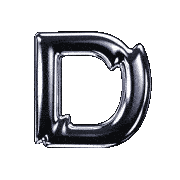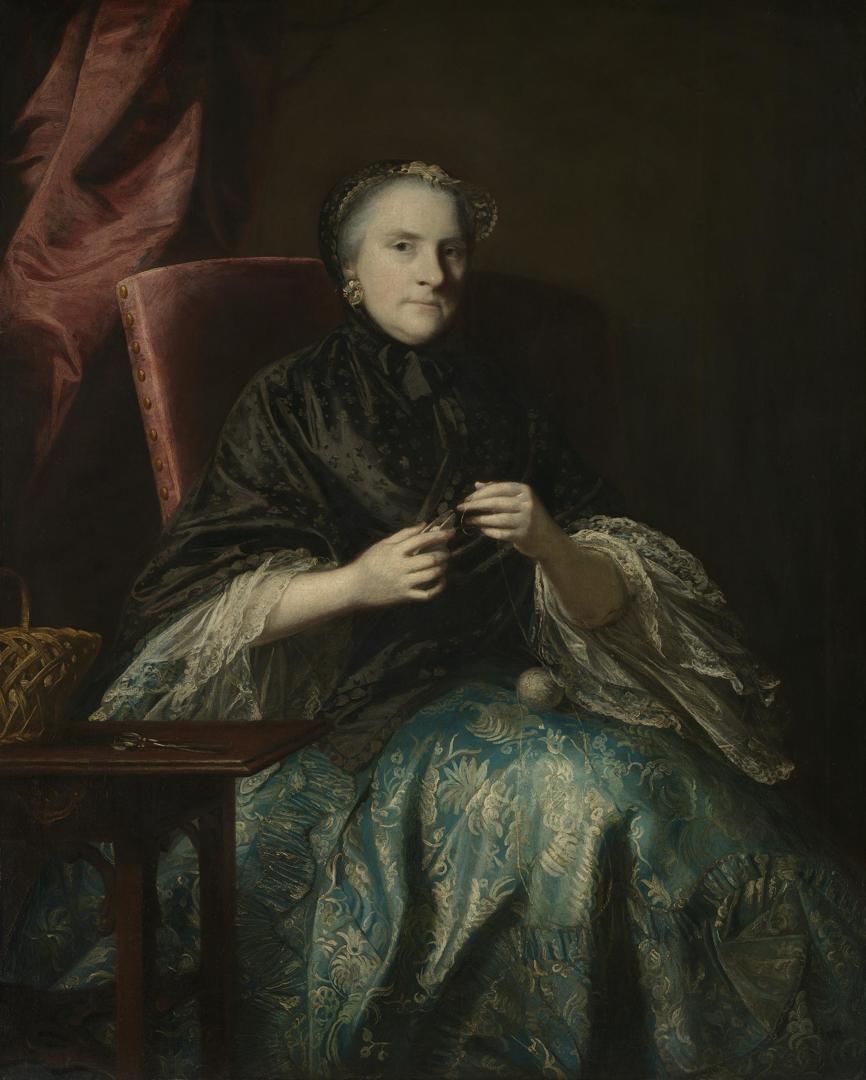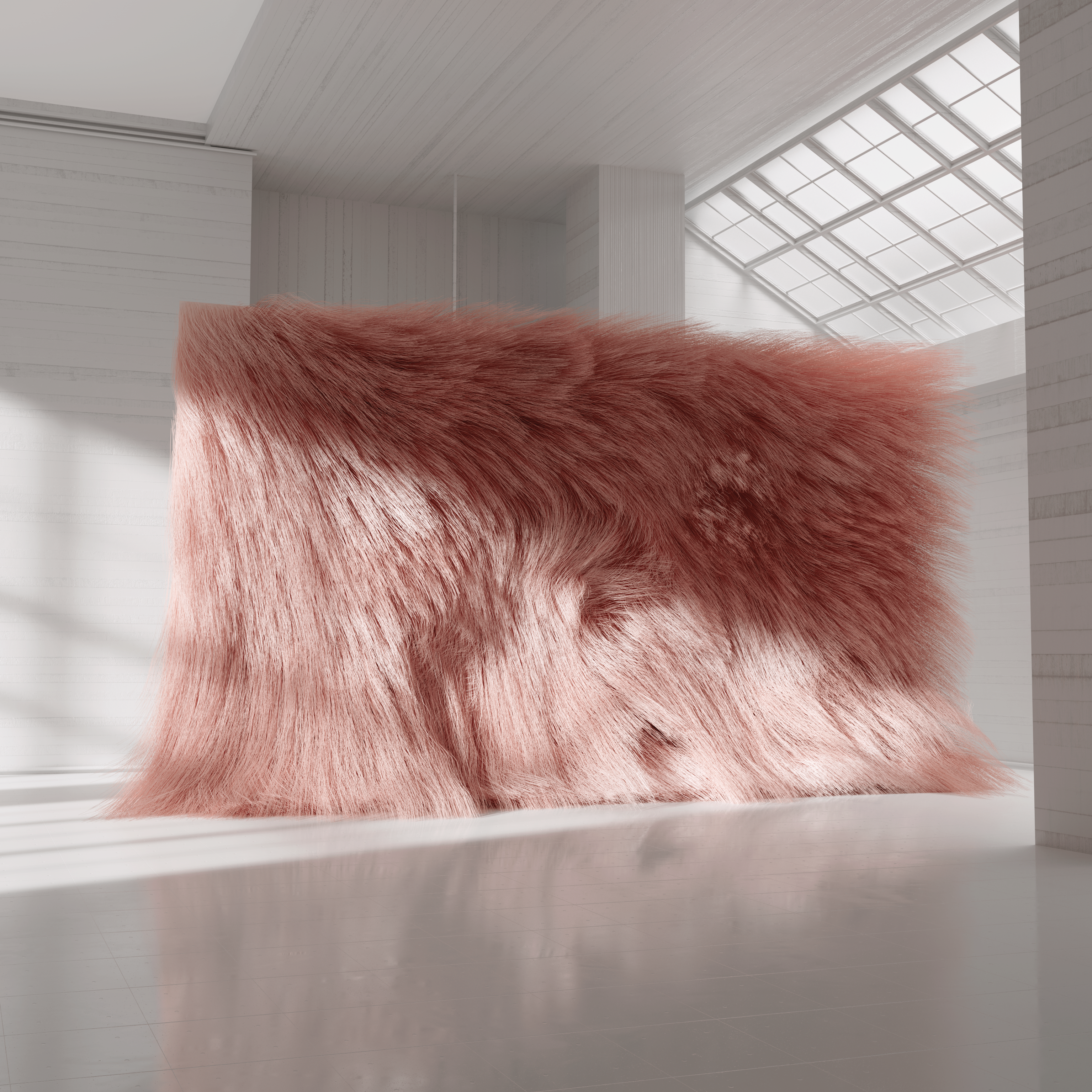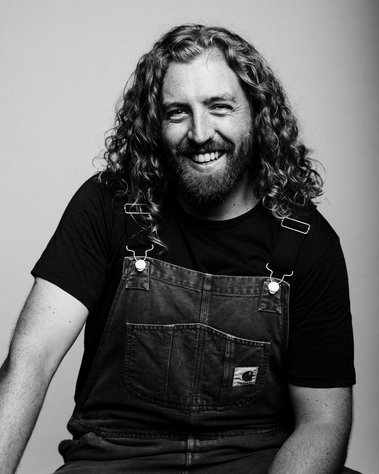Read Time 8 minutes
Could, and should, art have found a new home on OnlyFans?
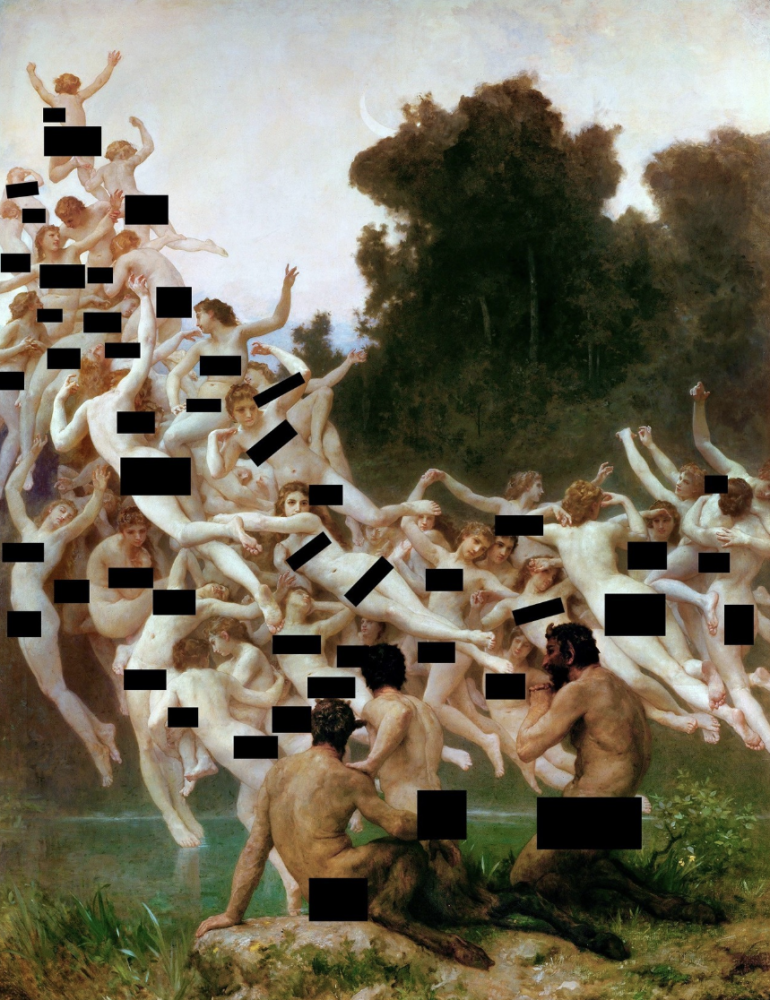
Instagram is the most ubiquitous and significant visual social network by far. Pinterest and Flickr are, probably, more fit for purpose in terms of high quality art image sharing, but Instagram boasts the eyeballs. An estimated 28% of the world’s internet users have an Instagram account and if my own scrolling habits are anything to go by, they’re on it A LOT. It is an essential marketing device for most brands, and for artists of all disciplines, but particularly those for whom visual content is their bread and butter. And [current pivot-to-video strategy notwithstanding] for the most part it works.
But what if your art features, say, a nipple? Or a vulva? Or a little bit of peen?
Taking its cue from parent company Meta, aka Facebook, Instagram has hella tight content restrictions. Remember in 2016 when Facebook removed Nick Ut’s iconic Vietnam war photograph of nine year old Kim Phuc running from a napalm attack? The censorship of such an essential piece of documentary photography caused global outrage, but in the intervening years Facebook’s nudity restrictions have hardly loosened, and in 2022 artists and art institutions are still finding themselves at the mercy of a seemingly rather prudish algorithm.
The solution to this might just lie in an unexpected place.
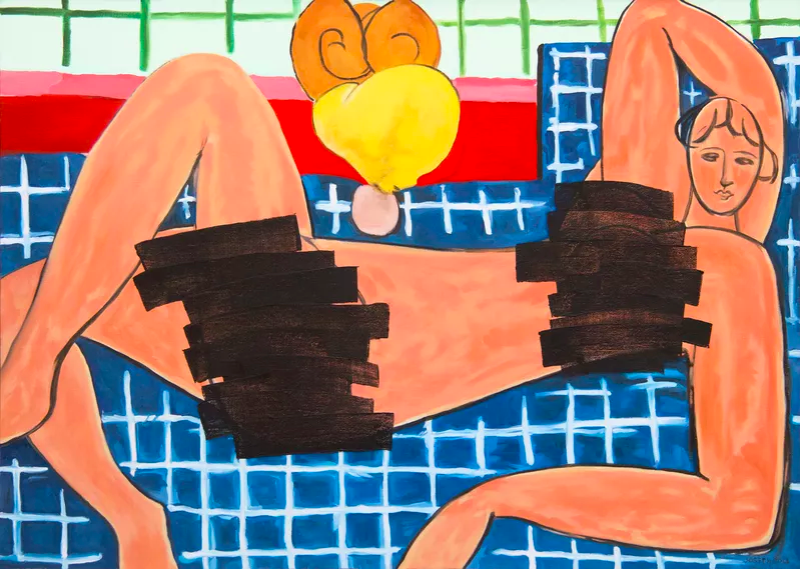
In 2021 The Leopold Museum, which boasts the world’s biggest collection of Egon Schiele works, found that Instagram was failing to make the distinction between hardcore pornography and early 20th century expressionism, deleting posts with depictions of nudity. The gallery decided to feature the offending works on the Vienna Tourist Board’s newly created OnlyFans profile, allowing them, alongside other galleries facing similar problems, to advertise some of his more risqué figurative works that Instagram deemed unfit for general consumption. Vienna Tourist Board Director Norbert Kettner comments: ‘In social media, algorithms determine how much nudity may be shown and often censor world-famous works of art. We question how much nudity we can tolerate and who can determine what we find offensive. In the cultural metropolis of Vienna, the question can be answered: nude art is socio-political and artistic part of cultural history.’
In 2022 artists and art institutions are still finding themselves at the mercy of a seemingly rather prudish algorithm
The project was short-lived, the Vienna Tourist Board have largely abandoned the site although their profile and its content is still viewable, but it made headlines, and certainly got us thinking about the potentialities for OnlyFans and similar sites as alternative digital art spaces.
Although marketed as a site for ‘content creators’ in a very general sense, ever since the UK based internet company OnlyFans burst onto the online scene five years ago it has been synonymous with pornography, filling a gap left open by other platforms that not only have far bigger restrictions on nudity, but also much less transparency on how money exchanges hands.
It is by no means the case that every user on OnlyFans is selling sex––in fact some of the most popular and highly paid creators on the site are what you might call suggestive rather than explicit––but its business model has been a boon to sex workers who were able to take back control from sites who aggregate, and profit from, their content without paying a penny back to the makers.
The Vienna Tourist Board venture indicates that there could also be scope for OnlyFans and similar creator led platforms to become a kind of safe space for art, free from censorship.
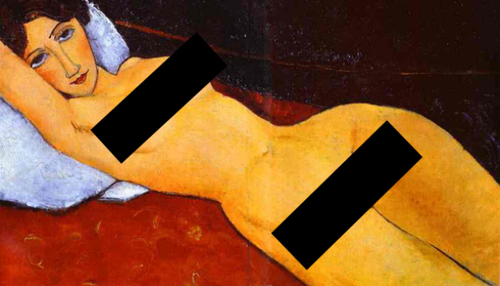
Aside from being a provocative and slightly #edgy choice of platform, what are the benefits of OnlyFans to institutions and artists? Well the estimated number of registered users sits at over 50 million, which doesn’t hold a candle to Instagram’s 1.21 billion but is certainly not to be sniffed at. It’s also a media that is unequivocally transactional. OnlyFans users expect to spend money while they’re on the site, that’s the whole point, so there’s every reason to believe that they won’t mind spending a few quid to look at a beautiful piece of art while they’re there.
There are already content creators on OnlyFans who straddle the worlds of art and sex, and OnlyFans themselves are promoting the line that it is a platform where artists can ‘collect commissions and share exclusive content’. Well, I reached out to a few of the artists that OnlyFans are pushing, for interview, and had some extremely entertaining and NSFW exchanges but, sadly, no dice. I hope you won’t think me flippant for sharing the following – ‘Me: “Can I speak to you about a piece I’m writing on OnlyFans as an alternative art space?” Them: “Do you wanna lick this pussy bby :P’’’.
This may be slightly idealistic but there’s a certain poetic justice to the notion that sex workers are able to claim their own artistic agency through this platform, where once they were used and abused by the art world. Historically painters have used female sex workers as models with little to no acknowledgement of their contribution, whereas now those who wish to are far more able to create an artistic legacy for themselves. It might take the presence of a blue chip name to really sell OnlyFans as a credible art space, but if this were to happen, emerging talent could really benefit, so long as they are social media savvy enough to take proper advantage of the site.
What are the downsides though?
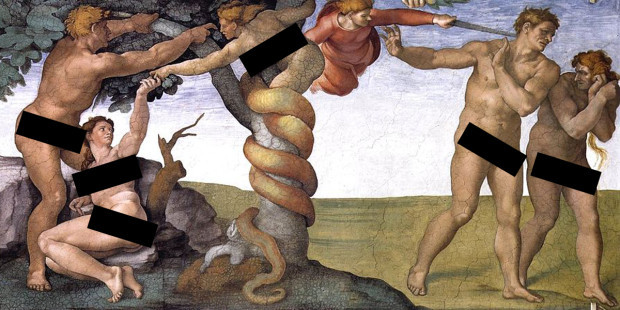
Obviously there are those for whom an association with the sex industry would be anathema, for whatever reason, but I can’t help but feel a major––if superficial––issue with OnlyFans is the heinous user interface. The OnlyFans website is an eyesore, and whilst users who are there for the pornography might not find this to be an issue, I can’t imagine artists or art promotors wishing to put their considered work in such an ugly frame.
There are art lovers who no doubt would be thrilled to pay a little money for a curated feed of work that they already know they love, but the problem is this already exists, on Artsy, artnet and beyond, and those sites are much slicker and sexier.
On a more sinister level though, OnlyFans is in reality no longer the utopia for sex workers that it once was. I asked United Sex Workers their opinion on the art world co-opting a platform primarily known for its pornography. ‘OnlyFans allowing artists to bypass censorship laws on their site while they are simultaneously censoring the sex workers who built and popularised the platform is a slap in the face,’ Audrey answered. ‘Since reversing their decision to remove sexually explicit content from their site, OnlyFans have continued to insidiously police sex workers from their site by removing our visibility – in an attempt to make their platform sellable under pressure from payment processors’ draconian anti-sex work policies.’ As Audrey points out, OnlyFans have named themselves judge, jury and executioner on deciding what kind of sexual content is acceptable. It’s not nudity itself that they have a problem with, it’s who’s making it.
There is also a twisted irony that bodies like the Vienna Tourist Board have put so much effort into realising a project that aims to free art, when sex workers in Austria are far from free. As Mina from United Sex Workers says: ‘Austrian sex work laws are really not something we are on board with as a union – the legalised system … causes a two tiered industry where only sex workers who are documented can access the license needed to work legally. Undocumented and the most marginalised workers remain underground and unable to access support. Full decriminalisation would be the only way forward.’ So life for sex workers in Austria – as elsewhere – is made unsafe and unstable, yet institutions are prepared to bend over backwards for a few long dead artists.
I should think that on both sides of this debate, the question of where the boundaries between art and porn lie will have been examined. The categories are broad and ever-changing, and both art and pornography exist with the purpose to stimulate, often to provoke, to excite, to move something within us. It’s not easy to explain why some images of nudity are acceptable and some aren’t. One has to acknowledge that there are a number of prejudices that contribute to our judgement. It was Justice Potter Stewart of the United States Supreme Court who, in 1964, stated ‘I shall not today attempt further to define the kinds of material I understand to be embraced within that shorthand description [“hard-core pornography”], and perhaps I could never succeed in intelligibly doing so. But I know it when I see it.’ For better or for worse these days, the I is an imperfect algorithm, who knows it when it sees it, and does the defining for us.
END
subscribe for the latest artist interviews,
historical heronies, or images that made me.
what are you in the mood for?
